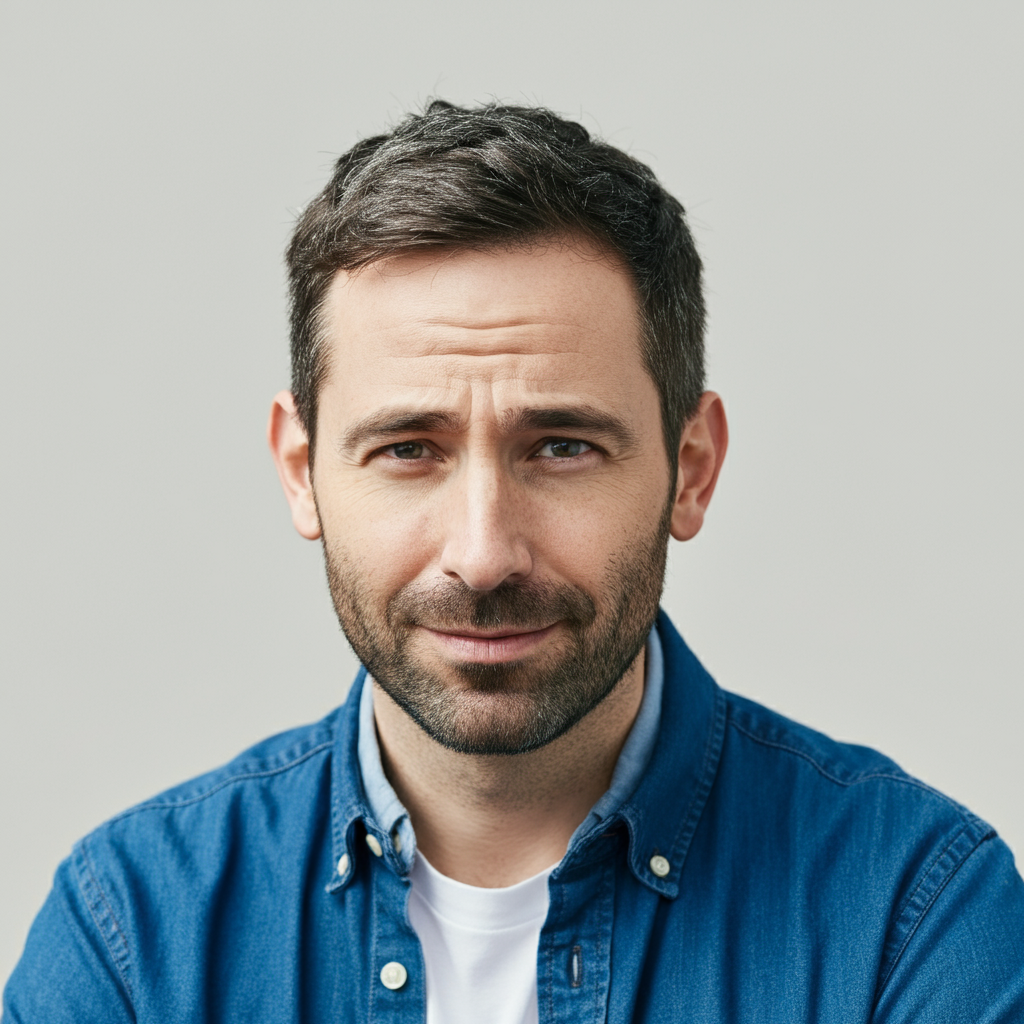Table of Contents
Key Factors in Bone Defect Reconstruction Techniques
When selecting a reconstruction technique for bone defects after tumor resection, several factors must be considered:
-
Type and Location of the Tumor: The specific characteristics of the tumor, including its size and location within the bone, influence the choice of reconstruction method. Tumors in critical areas such as the femur or tibia may require more complex solutions.
-
Patient Age and Health: The age and overall health of the patient can affect healing capacity and the choice of materials or techniques used in reconstruction. Younger patients may benefit from biological reconstruction methods that allow for growth and adaptation.
-
Desired Functional Outcomes: The ultimate goal of reconstruction is to restore function. Techniques that allow for natural bone growth, such as distraction osteogenesis, are often preferred for pediatric patients.
-
Complication Risks: Understanding the potential complications associated with each technique, including infection rates and failure of grafts or implants, is critical in decision-making.
-
Surgeon Experience: The surgeon’s familiarity with specific techniques, such as the Ilizarov method, can greatly impact the success of the procedure.
-
Rehabilitation Protocols: Effective rehabilitation strategies tailored to the reconstruction method can enhance recovery and functional outcomes.
Comparative Analysis of Ilizarov Method and Other Techniques
The Ilizarov method, based on distraction osteogenesis, is a widely recognized technique for managing bone defects. This method involves the application of an external fixator to gradually lengthen the bone and promote new bone formation.
Advantages of the Ilizarov Method
-
Versatility: The Ilizarov technique can be adapted for various types of bone defects, including those resulting from tumor resections, trauma, or congenital issues.
-
Biological Reconstruction: By promoting new bone formation, the Ilizarov method encourages natural healing and integration with surrounding tissues, leading to potentially better long-term outcomes.
-
Lengthening Capabilities: This technique allows for significant limb lengthening, which can be particularly beneficial in pediatric patients.
Disadvantages
-
Prolonged Treatment Duration: Patients may need to wear the external fixator for extended periods, which can lead to discomfort and complications such as pin site infections.
-
Technical Challenges: The complexity of the Ilizarov method requires specialized training and experience, which may not be available in all healthcare settings.
-
Psychological Impact: The visible nature of the external fixator and the lengthy treatment process can adversely affect a patient’s emotional wellbeing.
Other reconstruction techniques include allografts and endoprostheses, which offer immediate structural support but may present challenges such as infection risk and limited biological integration.
Table 1: Comparison of Reconstruction Techniques
| Technique | Advantages | Disadvantages |
|---|---|---|
| Ilizarov Method | Versatile, promotes biological healing, lengthening | Prolonged treatment, technical complexity |
| Allografts | Immediate support, proven outcomes | Infection risk, limited biological integration |
| Endoprostheses | Immediate structural support | Revision risk, potential for complications |
Evaluation of Surgical Outcomes in Bone Tumor Patients
The success of bone defect reconstruction is measured by clinical outcomes, which include:
-
Bone Healing: Radiographic evidence of bone union is a primary indicator of surgical success. Studies show high rates of union with the Ilizarov method, especially in pediatric patients.
-
Functional Outcomes: The Musculoskeletal Tumor Society (MSTS) score and Asociación Latinoamericana de Oncología (ASAMI) function score are commonly used to assess limb function post-surgery. A study found that 63.6% of patients had excellent ASAMI bone scores at three months post-fixator removal.
-
Complication Rates: Complications such as infections and nonunion are critical to evaluating surgical success. A retrospective analysis indicated that infections were the most common postoperative complication, occurring in 20% of patients.
Table 2: Surgical Outcomes Post Reconstruction
| Outcome | Percentage of Patients |
|---|---|
| Excellent MSTS Score | 63.6% |
| Nonunion Cases | 9.1% |
| Infection Rate | 20% |
Addressing Postoperative Complications in Limb Salvage Surgery
Postoperative complications after limb salvage surgery can significantly impact recovery and overall outcomes. Common issues include:
-
Infection: Postoperative infections remain a significant risk, particularly in patients undergoing complex reconstructions. Vigilant monitoring and early intervention are crucial for managing these complications.
-
Nonunion: Inadequate bone healing can lead to nonunion, necessitating further surgical intervention. Factors contributing to nonunion include infection, poor blood supply, and inadequate mechanical stability.
-
Functional Impairments: Range of motion limitations and joint stiffness can result from both surgical trauma and prolonged immobilization. Rehabilitation protocols that incorporate early mobilization and physiotherapy are essential to mitigate these risks.
-
Psychological Effects: The emotional toll of prolonged treatment and visible external fixators can lead to anxiety and depression in patients. Providing psychological support and counseling can be beneficial during recovery.
Long-Term Effects and Rehabilitation Strategies After Surgery
Effective rehabilitation is crucial in ensuring positive long-term outcomes following bone tumor resections. Key strategies include:
-
Tailored Rehabilitation Programs: Individualized rehabilitation programs that consider the patient’s specific needs, surgical procedure, and functional goals can enhance recovery.
-
Incorporation of Weight-bearing Activities: Gradually introducing weight-bearing exercises can promote bone healing and improve functional outcomes.
-
Monitoring and Adjusting Rehab Protocols: Regular assessments should be conducted to monitor progress and make necessary adjustments to rehabilitation protocols to address any emerging issues.
-
Family and Social Support: Engaging family members and providing social support are essential components of a holistic recovery approach.
Table 3: Rehabilitation Strategies
| Strategy | Description |
|---|---|
| Tailored Programs | Individualized plans based on patient needs |
| Weight-bearing Activities | Gradual introduction to enhance healing |
| Regular Monitoring | Ongoing assessments for timely protocol adjustments |
| Family Support | Involvement of family for emotional support |
FAQ Section
What is the Ilizarov method?
A1: The Ilizarov method involves the application of an external fixator to promote distraction osteogenesis, allowing for the gradual lengthening of bone and promoting natural healing.
What are the common complications after bone tumor surgery?
A2: Common complications include infections, nonunion, and functional impairments, which can affect the recovery process.
How important is rehabilitation after bone tumor resection?
A3: Rehabilitation is crucial for restoring function, promoting healing, and preventing complications. Tailored programs can significantly enhance recovery.
What factors influence the choice of reconstruction technique?
A4: Factors include the type and location of the tumor, patient age and health, desired functional outcomes, complication risks, and surgeon experience.
What are the long-term outcomes of the Ilizarov method?
A5: The Ilizarov method has shown high rates of successful bone healing and positive functional outcomes, particularly in pediatric patients, although complications can arise.
References
-
Calzavara-Pinton, P., Čelakovská, J., Lapeere, H., et al. (2024). One-Year Insights into the GLOBOSTAD Multinational Prospective Observational Study of Patients Receiving Dupilumab for Atopic Dermatitis. Advances in Therapy, 40(12), 5366–5382. https://doi.org/10.1007/s12325-024-03049-8
-
Shimotori, D., Aimoto, K., Otaka, E., Matsumura, J., Tanaka, S., Kagaya, H., Kondo, I. (2024). Influence of treadmill speed selection on gait parameters compared to overground walking in subacute rehabilitation patients. Journal of Physical Therapy Science, 37(1), 89-96. https://doi.org/10.1589/jpts.37.89
-
Zheng, K., Yu, X.-C., Cai, J., Xu, M., Cui, H., Chen, Q., Zhang, J.-Y. (2024). Management of Bone Defects and Complications After Bone Tumor Resection Using Ilizarov Method. Orthopaedic Surgery, 17(3), 249-255. https://pubmed.ncbi.nlm.nih.gov/11787982/
-
Ayas, İ. H., Akcan, Y. O., Haspolat, M., Tokgöz, M. A., Keser, İ., Kanatlı, U. (2025). Subcutaneous Pectoral Edema After Arthroscopic Labral Repair Despite Normal Irrigation Fluid Usage and Surgery Duration. Orthopaedic Surgery, 17(3), 249-255. https://pubmed.ncbi.nlm.nih.gov/11787983/
-
Liu, P., Yang, Y., He, T., et al. (2023). Relationship Between Preoperative Fasting Duration and Anxiety Levels With Postoperative Pain, Nausea‐Vomiting, and Sleep Quality in Orthopedic Surgical Patients: A Cross‐Sectional Study. Journal of Orthopaedic Surgery, 31(1), 345–355. https://pubmed.ncbi.nlm.nih.gov/11787914/
-
Zhang, G., Luo, Z., Yang, Q., Kang, W., Zhang, J., et al. (2024). Establishment of epidemiological cut-off values of etimicin: a new fourth-generation aminoglycoside, against Escherichia coli, Klebsiella pneumoniae, Proteus mirabilis, Pseudomonas aeruginosa, Acinetobacter baumannii and Staphylococcus aureus. Journal of Antimicrobial Chemotherapy, 79(2), 2246-2250. https://pubmed.ncbi.nlm.nih.gov/11787892/










